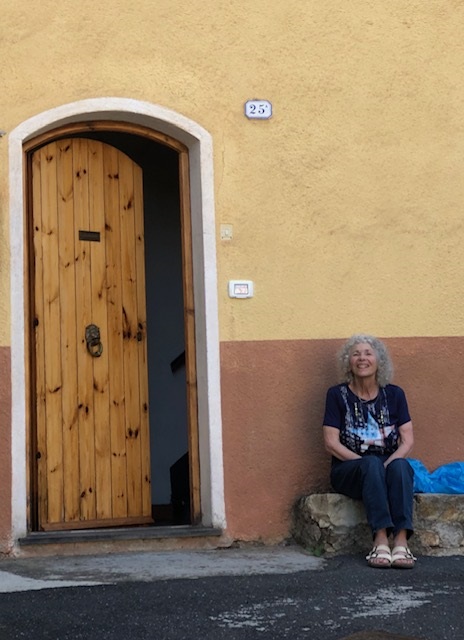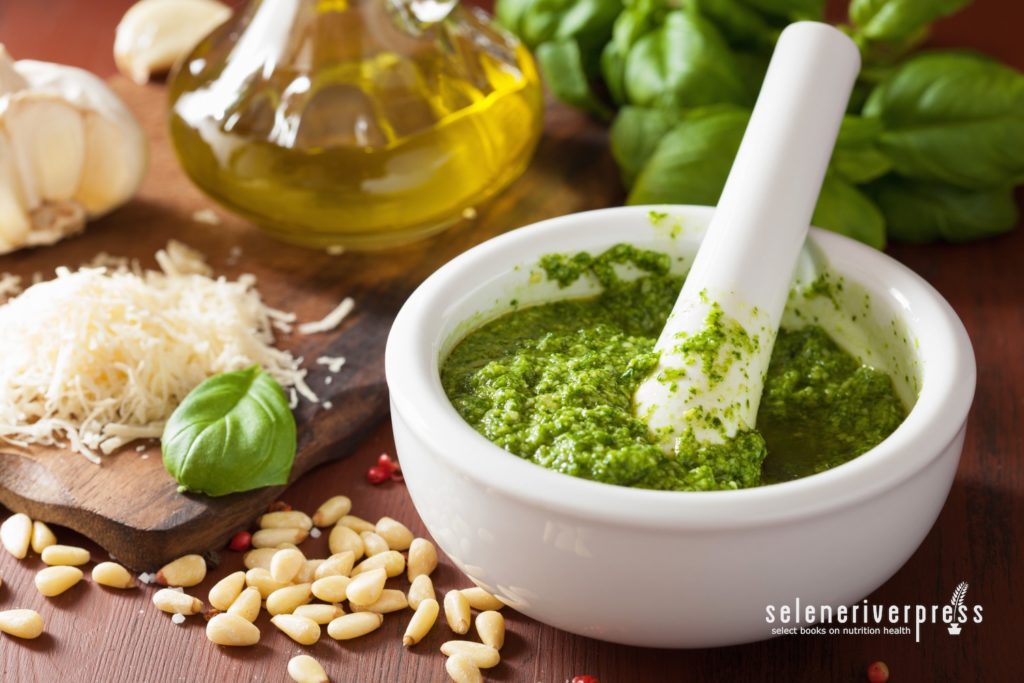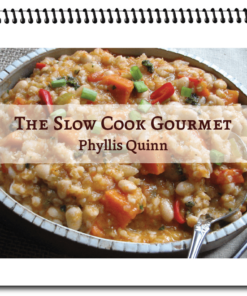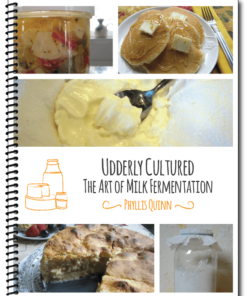Ask Chef Phyllis
I was gifted a tin with all kinds of nuts in it. I left it on a shelf in my pantry and forgot about it for many months. When I finally opened the tin, the nuts looked okay but most tasted nasty. The almonds were okay, but the pecans and pine nuts were not. What can I do with nuts that went bad?
—Barbara S. from Schenectady, New York
The first thing to do is not eat rancid nuts! Nuts are one of nature’s most generous bounty, and they are preciously rich in minerals, fats, and protein. Pine nuts, cashews, Brazil nuts and macadamia nuts have the highest fat content and are the most fragile. And though most nuts are expensive, pine nuts are even more so because they’re difficult to grow (the first harvest might take upwards of six years) and also costly to harvest.
It’s only recently come to my attention that pinon nuts kept native tribes fed during particularly long and bad winters in western territories now known as New Mexico and Colorado. And have you ever heard that the precious oils in flax seeds kept many Russians alive during one particularly bad winter? I guess they didn’t have nuts. (But as I’m fond of saying, that is the makings of yet another post.)
To further answer your question, Barbara, give those stale nuts to the squirrels and the birds. When the oils in nuts become rancid, they are not good to eat—and can even be toxic. There is simply no good use for them in terms of human consumption. I would probably give them to the Colorado winter flock (which include chickadees, Steller’s jays, Rocky Mountain juncos, and pygmy nuthatches) that visit my deck from late autumn to early spring.
Next time you come into a nut bounty, keep these storage tips in mind: shelled almonds, English walnuts, pistachios, and black walnuts keep best in a cool dry place in airtight containers (far from any heat) for about three to six months. But all nuts will store better in the freezer for approximately six months to a year.
This past year, I was lucky to be in the Genoa area of Italy (actually the Liguria area on the Italian Riviera) with family. As many of you know, my life changed dramatically when my husband passed. I was able to spend almost a month away after caring for him for several years during his illness.
On the Riviera, there are fields of basil everywhere that delighted the nose when I walked to the sea each day. And potted basil plants are often present on dining room tables even in the most basic family-style restaurants. I was encouraged to pick the leaves for my meal or salad. Something new for me!
Genovese pesto is famous. The main ingredients are basil, olive oil, cheeses, and pine nuts. Don’t overthink this mortar and pestle sauce, which traditionally takes about an hour to prepare if you have a good arm. It’s quite simple and much easier to whip up with a food processor—and a little secret. Basil turns black and oxidizes when overworked, so putting your steel blade in the freezer for five or ten minutes before beginning reduces the heat and keeps the sauce greener.
By the way, Genovese pesto is a culinary treat—but not only in pasta dishes. Have fun discovering what you can create with it!
Here’s an easy recipe that you’ll love making and eating.
Genovese Pesto
Chef’s note: This is one of the easiest sauces to make. Enjoy it over fish, chicken, pasta or vegetables. I like to add a spoon or two to my minestrone soup as a finishing touch on cold wintery nights. There’s no better way to turn a simple but hearty vegetable soup into an elegant meal.
Ingredients
2 cloves garlic
65 basil leaves with flowers
½ cup extra virgin olive oil, plus extra if needed
6 tablespoons Parmesan cheese (the best you can afford)
2 tablespoons Pecorino Romano cheese
1–2 tablespoons pine nuts
Pinch of gray sea salt or kosher salt
Instructions
- Chill the steel blade of your food processor in freezer for 5–10 minutes.
- Place garlic in bowl of food processor, then add basil and whirl for about 1 minute.
- Add olive oil quickly and whirl again. Add the cheeses all at once. Next, add pine nuts and salt.
- Scrape down the sides of the bowl and pour your pesto into small (4-oz.) jars. Pesto will keep well in the refrigerator for about 4 days without the top getting dark, but it freezes exceptionally well in small batches.
Image from iStock/OlgaMiltsova (main).





